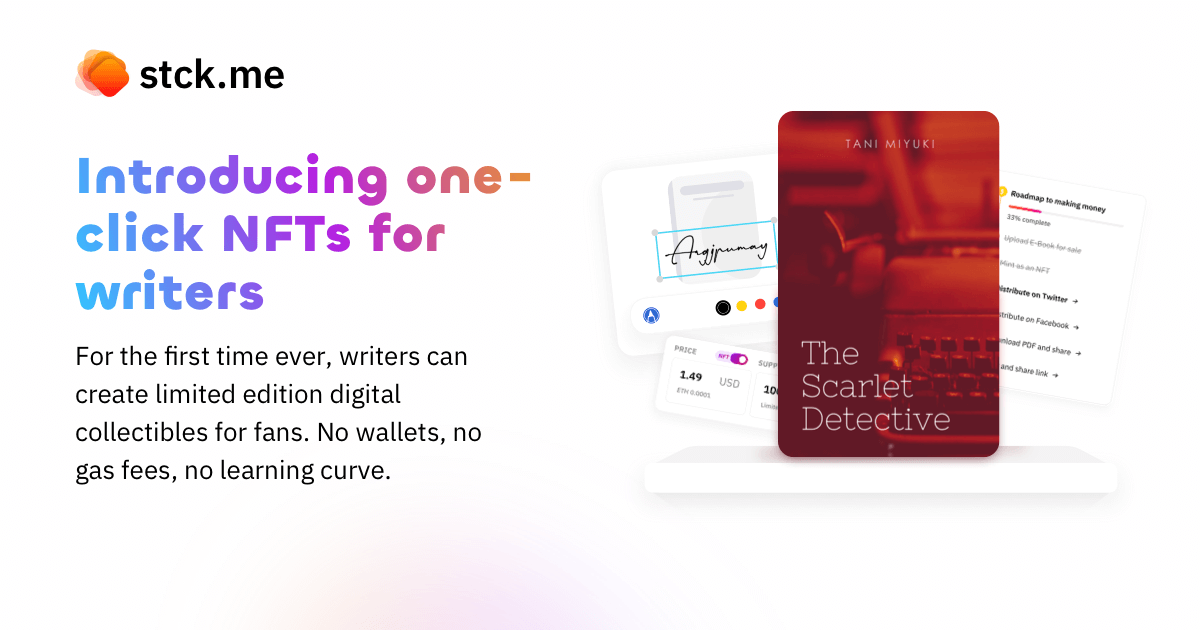
AI generated images have crossed the threshold of creating something useful for writers, publishers and other creators of graphic arts. That should be the biggest technology news of 2022.
The capability is new and in the public domain perhaps for no more than a few months. My first post on the topic tested the system to create book covers for Frankenstein (it was the author Mary Shelley’s birthday yesterday, she was born on August 30, 1797).
This post is a similar test of generating alternative covers for Romeo and Juliet. As an AI problem there is a big difference between the two tasks. Frankenstein has a frequently used art work associated with it, the many photos and images of the actor Boris Karloff who played the part in the 1931 movie version. Romeo and Juliet have no such dominant image in the data that trains the AI. How well does it do work with that ambiguity? Here are some of the results
As with the Frankenstein covers, my curiosity was to see what the AI generates for artists whose styles we are very familiar with. The top image of this article is what Midjourney generated as a photograph shot by the portrait artist Annie Leibovitz. It’s worth reminding ourselves that this is an astonishing image of two synthetically created human faces. They do not exist
The AI did something as intriguing when asked to create a photograph by Henri Cartier Bresson with his rangefinder Leica shot in natural light.

AI images based on inferring a photographic style is of course (intuitively) much harder than mimicking the style of great painters. Even then it is startling to see the quality of the output. Here are rendering for the two pop artists Roy Lichtenstein and Andy Warhol.


When asked to create something by George Seurat, as expected the AI tried its hand at pointillism and even set in a garden!

For Gustav Klimt it took off from the famous painting The Kiss (once upon a time it was the most expensive art piece ever sold)

We don’t see many portraits by Henri Matisse, here is what AI thought he would paint

The system does well with even more abstract tasks like making Romeo and Juliet cover as if they were a couple of anthropomorphic lions.

Or if they were stars from a Manga comic

As Herge might draw if Tintin world

On the other hand it didn’t do so well when asked to make a book cover in the style of a Mughal miniature. This is a big blind spot of the AI systems. Presumably because all of them are trained on data sets which are heavily tilted towards images of and created for the western world. The word India, for example, often sends the AI down a rabbit hole of stereotyping. Even best known Indian artists like Tyeb Mehta or M F Hussain are not understood well enough by Midjourney.

Another limitation is adding any direction for composition - “next to, facing, on top of ..” is hard. This attempt at having the Childrens book illustrator Beatrix Potter make a role and Juliet took many tweaks and didn’t quite get to usable category

It did much better when rendering in the style of Kehinde Wiley most widely known for his ground breaking presidential portraits of Obamas.

Finally I asked for a Romeo and Juliet as if they were a couple from a future advanced civilization. This is was what the AI made. Maybe it knows something we don’t.

Part 1 in this series on AI generated images
PS : If you are a writer who is intrigued by AI art or NFTs connect with us here





















Write a comment ...